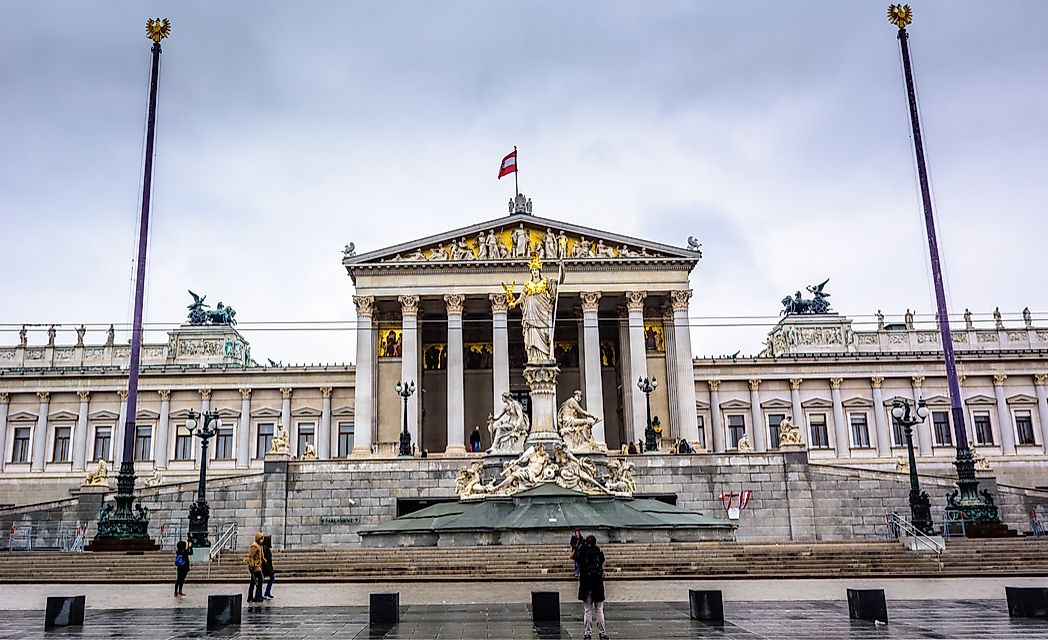When Did Austria Become a Country?

During the pre-historic era, the fertile lands and alpine plains of the Danube Basin were occupied by the Celtic people. Rich mineral deposits of iron and salt enabled the development and settlement patterns of the Celtic population, who later became important trading partners with the Roman Empire. The Kingdom of Noricum was seized by the Romans, and become a royal province along with other parts seized and subdued in present-day Austria. For over 500 years the Romans ruled the Danube province and established new settlements until the 8th century, when they withdrew following the wave of tribal migrations.
Middle Ages
In 976 AD, the Babenberg family was granted power to rule over the sparingly populated region. With their skillful martial art strategies, the Baberberg family was the most powerful dynasty until 1156, when Austria was recognized as a duchy and granted special privileges. After the death of Frederick II in 1246, the last male Babenberg, the Habsburgs, from Swabia, took over the kingdom. The House of Habsburg was able to expand their territory to other dynasties through treaties of succession of Spain, Netherlands, and Burgundy. In 1522, the kingdom was split into two, the Spanish and Austrian lines of administration, until the 17th century when conflicts began with the Ottoman Empire.
During the second half of the 18th century, the French Revolution, together with the Napoleonic Wars, led to reforms that created the basis for a modern administrative government. In 1867, the Austro-Hungarian Compromise joined the Austrian Empire and the Kingdom of Hungary as a dual sovereignty, which eventually disintegrated after the First World War following the push for independence by member states.
Modern Age
As the only remaining state of the former dual monarchy, Austria was declared a democratic republic in 1918, but it became increasingly difficult for the newly founded state to gain prominence in the existing European order. Austria suffered as a result of the Second World War and the Russian invasion until Allied Forces took over to restore the country. Like Germany, the independent Republic of Austria was established through the help of Allied Forces and divided into American, British, French, and Soviet zones governed by the Allied Commission for Austria.
In 1955, the Austrian State Treaty was signed, declaring Austria a sovereign nation, and therefore ending occupation by Allied forces. The Austrian Parliament passed the Declaration of Neutrality, which affirmed Austria's permanent neutrality. In that same year, Austria became a member of the United Nations. For decades, Austria has ranked high in terms of both GDP per capita and standard of living. Additionally, Austria was a founder of the Organization for Economic Co-operation and Development (OECD) and has been a member of the European Union (EU) since 1995.
Austria in the 21st Century
Austria is currently a stable, prosperous, and socially liberal nation with a blossoming cultural life evocative of its earlier days. Its socioeconomic institutions are characterized by new reforms and a spirit of cooperation. Its capital city, Vienna, is an architectural tourist hub, owing to its historic position as the seat of the Holy Roman Empire. Although there are political and social upheavals in the country, they have not erupted with the same intensity as neighboring countries in the continent.











